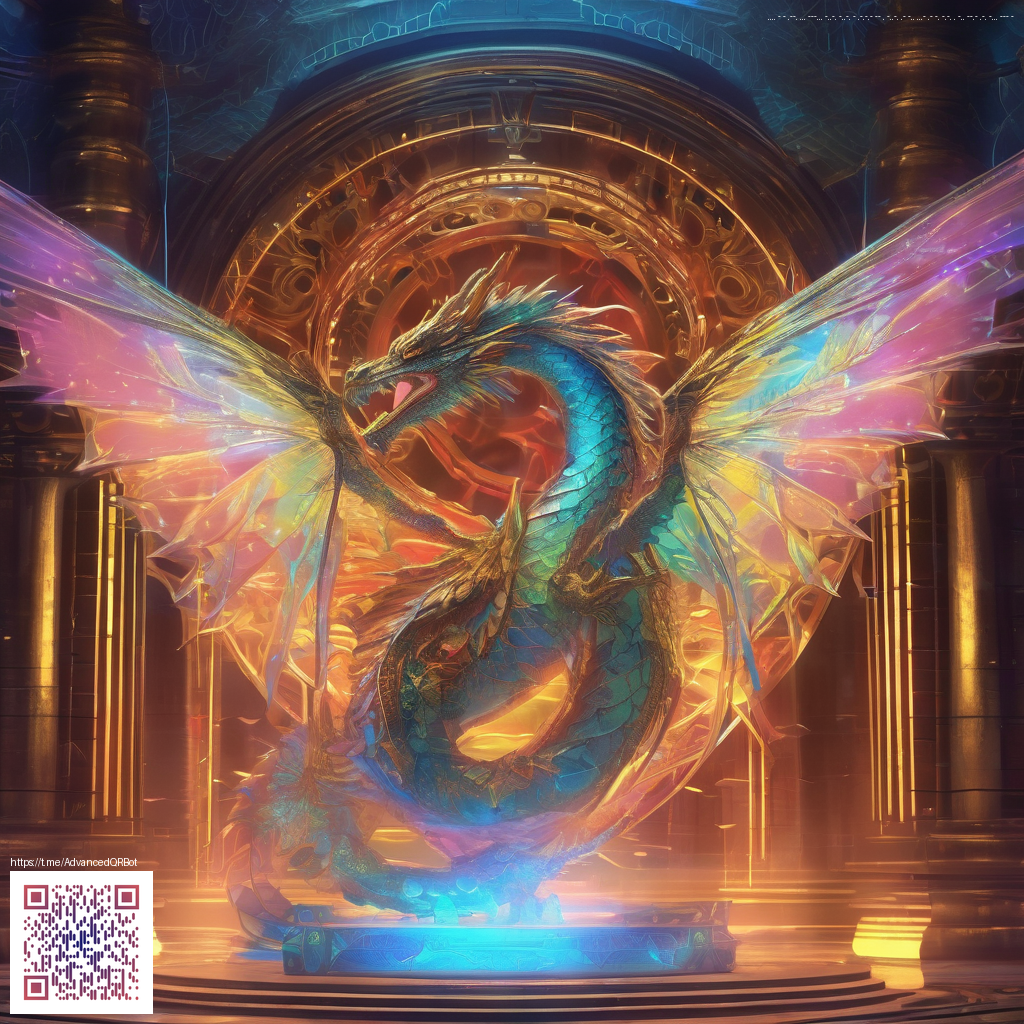
Visual Evolution of Battlefield 1 Graphics Through Reveal and Patches
When the game first rolled onto screens, Battlefield 1 announced its presence with grand, cinematic lighting, towering skies, and a gritty, lived-in texture palette. Over the following years, Frostbite driven refinements, shader tweaks, and post processing pass after pass stitched together a gradually cleaner, more convincing World War I battlefield. The arc is a compelling case study in how a single title can sharpen its look through targeted updates while keeping the core design intact. For players chasing immersion on a range of hardware, the story reads like a masterclass in iterative art direction and technology.
From the outset the battlefield felt cinematic, with volumetric lighting and dynamic weather that made trenches and ruined cities feel tangible rather than painted backdrops. Community members quickly began discussing how settings choices impacted visibility, atmosphere, and performance. Observers noted that while the initial reveal impressed with its mood, a steady stream of patches brought meaningful gains in texture detail, shadow fidelity, and ambient occlusion. Modern PC fans even highlighted how the game’s texture streaming and post processing could be tuned to balance clarity against atmosphere.
From Reveal to Refinement
Early hands on impressions emphasized the power of the engine to produce dramatic sun shafts, dense smoke, and convincing surface materials. As patches landed, players experienced more stable frame pacing and finer control over image quality through a wider set of options. In-depth PC analyses pointed to a thoughtful menu design that allowed tweaking a broad spectrum of visuals including Lighting, Post Process effects, and Ambient Occlusion. These updates often translated into crisper textures, more convincing shadows, and a more cohesive overall tone across varied maps and weather scenarios.
Under the Hood A Look at the Frostbite Visual Toolkit
Battlefield 1 leans on the Frostbite engine to render large-scale environments with destructible elements and layered materials. The evolution of lighting pipelines, shadow maps, and screen space techniques played a central role in how the game aged visually. Subtle improvements in contact shadows and global illumination added depth to mud, metal, and fabric alike. The patch cadence also concentrated on refining particle systems and volumetric effects, which meant airplanes slicing through clouds or flames licking a trench looked more believable with each update.
Technical coverage during the patch years highlighted how users could push the engine further with settings that affect texture detail, anti aliasing, and horizon rendering. A steady push toward smarter texture streaming meant high resolution surfaces remained crisp on capable rigs while still running acceptably on midrange machines. These shifts show how a developer’s choices about asset budgets and shader complexity can ripple through an entire game’s visual language over time.
Community Voices: Tuning for Clarity and Immersion
Players embraced the freedom to tailor visuals to their playstyle. Some preferred turning ambient occlusion off or down for clearer silhouettes in fast paced firefights, while others prized the depth that AO adds to long sightlines in ruined canyons and trench networks. The Reddit discussions and forum threads captured the tradeoffs between atmospheric depth and practical visibility, illustrating a broader trend: the best-looking games are not always the most legible in every moment, and the community’s tuning culture thrives on shared presets and experimentation.
Patches as a Visual Game Changer
Across 2016 and 2017, patch notes frequently highlighted improvements to lighting, effects, and post processing. These changes often delivered more natural color grading, crisper edge definition, and more faithful material responses under varied weather. The cumulative effect was a battlefield that felt consistently coherent—where the sun’s angle, the grime on metal, and the glow of muzzle flashes all read as part of a single, believable world. It’s a reminder that in a modern shooter, the look is partly in the code, partly in the artist’s eye, and partly in the player’s ability to push the sliders until the image resonates just right.
Modding and Custom Visuals
Modding culture around Battlefield 1 may not rival longer running PC titles, but the community carved out its own niche by sharing reshade presets, texture tweaks, and shader bundles. These community driven adjustments let players experiment with color temperature, bloom, depth of field, and film grain to craft a personalized visual profile. The result is not merely a prettier screenshot—it’s a custom lens through which battles feel distinct on every map, turning the frontline into a canvas for experimentation as much as a battlefield for conquest.
Art direction and engine tuned visuals are a dialogue between developers and players. When lighting meets documentation in patches and community driven presets, the battlefield becomes more than a backdrop it becomes an evolving character in its own right.
If you’re chasing a deeper dive into the technical craft behind these visuals, you’ll find plenty of thoughtful perspectives in the broader gaming discourse. The conversation threads around lighting, shadow detail, and ambient occlusion across patch histories offer a useful map for anyone curious about how large scale titles evolve image quality over time.
For creators who relish supporting in depth, consider contributing through Ko Fi. Your support helps sustain a decentralized internet where diverse voices can share technical insight and cultural critique without gatekeeping. Support on Ko Fi
More from our network
- Parallax errors propagate distance uncertainty for a hot giant with red color
- Predictive data enhances unliving psychopath deckbuilding
- AI assisted synergy prediction for sphinx ambassador
- Cartoon style Minecraft packs that bring blocks to life
- Scurrid colony tribal synergy building swarm strategies